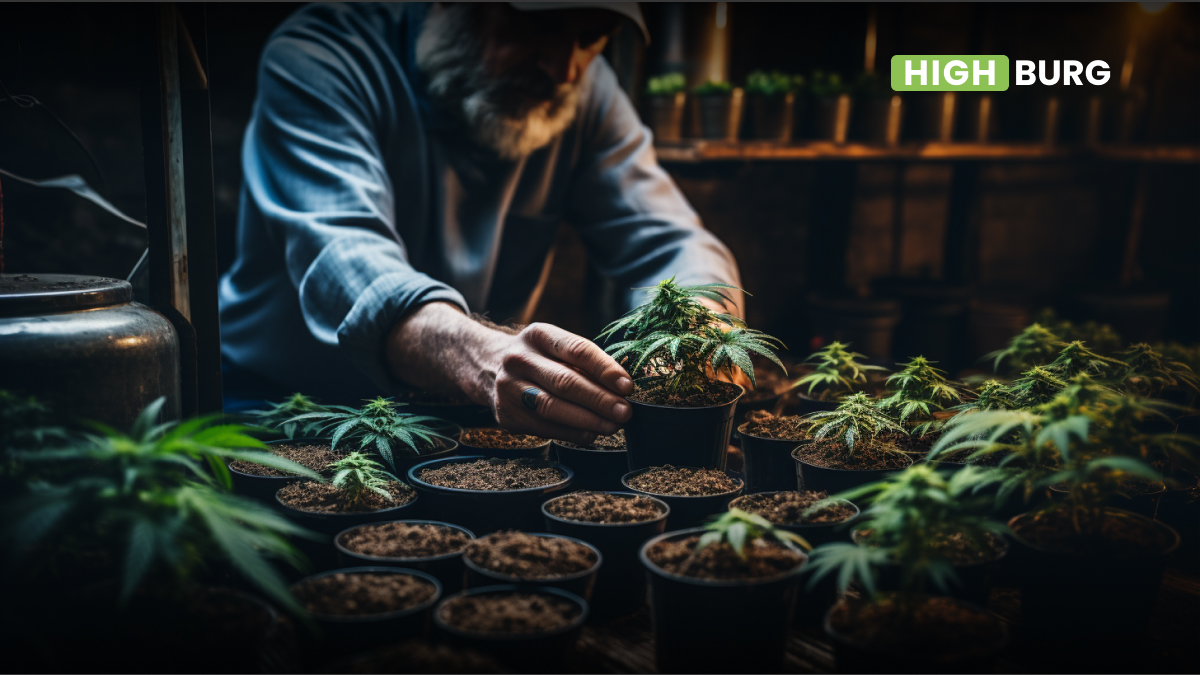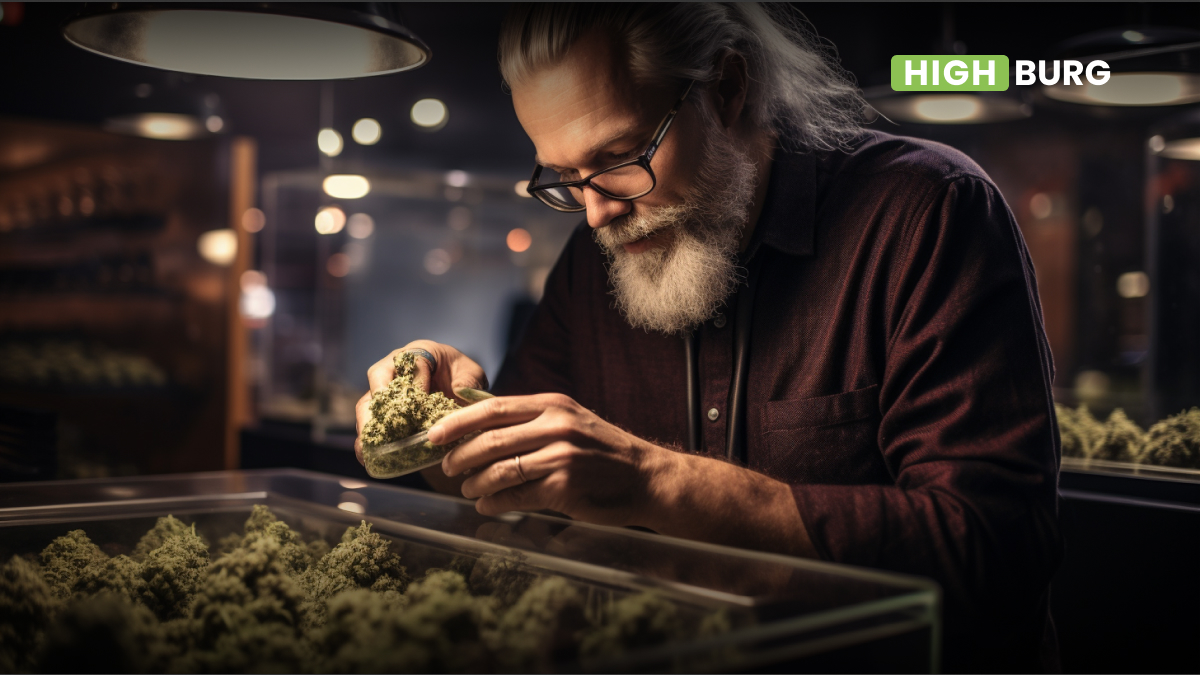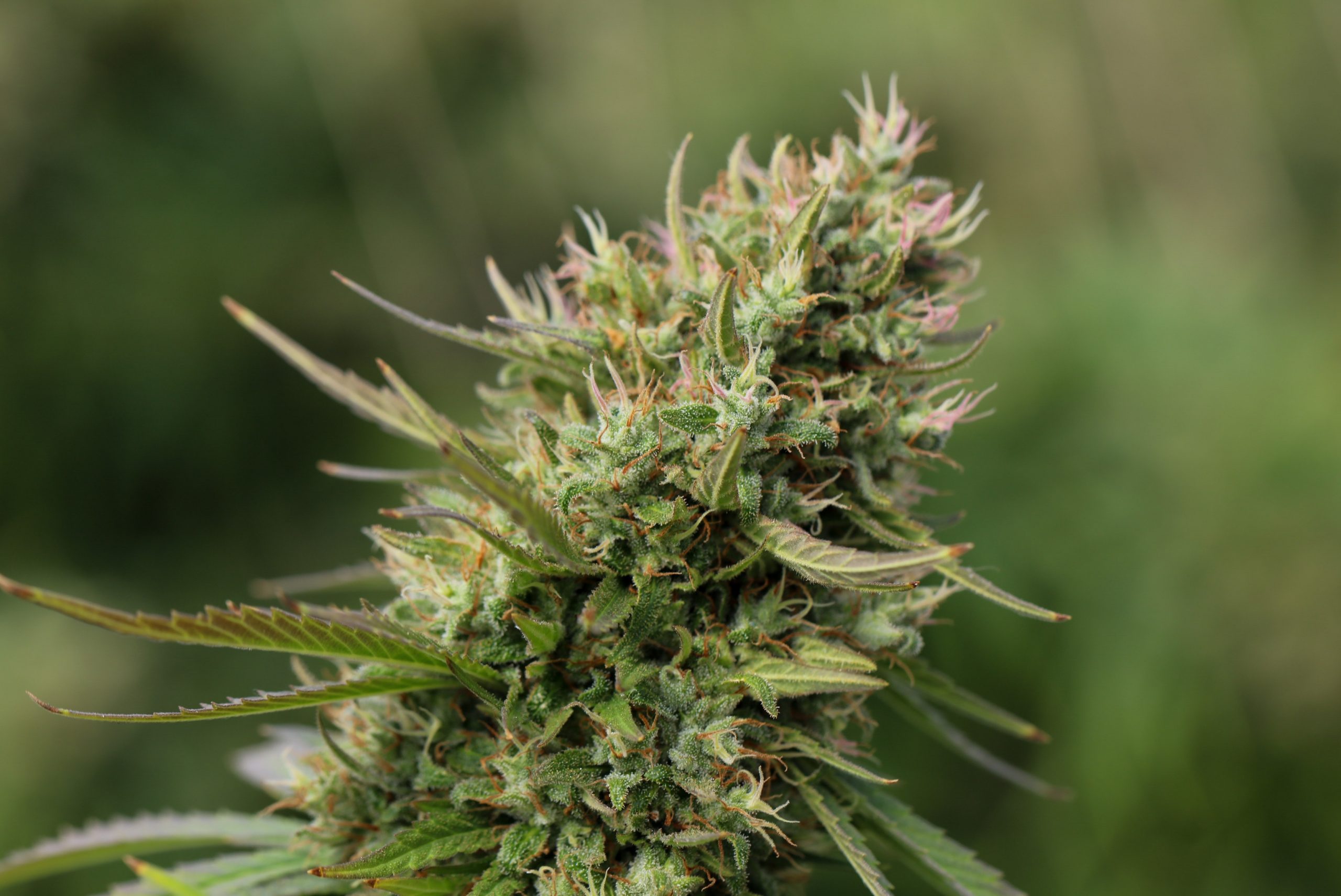Learn how low-stress and high-stress training can impact your harvest. Would you like a large garden of weed to come harvest? The answer is most likely yes… it is the intention of most weed growers. It doesn’t make a difference if you cultivate one or 100 seeds, it is all about growing as much marijuana as you can possibly.
A big crop takes commitment (regardless of how many plants you harvest), and there are certain measures that you can efficiently take to see the plentiful returns that you are hoping for. Comprehending how your marijuana plants are trained is a major need-to-know when cultivating your own crop.
What Is The Purpose In Training Your Marijuana Plants?
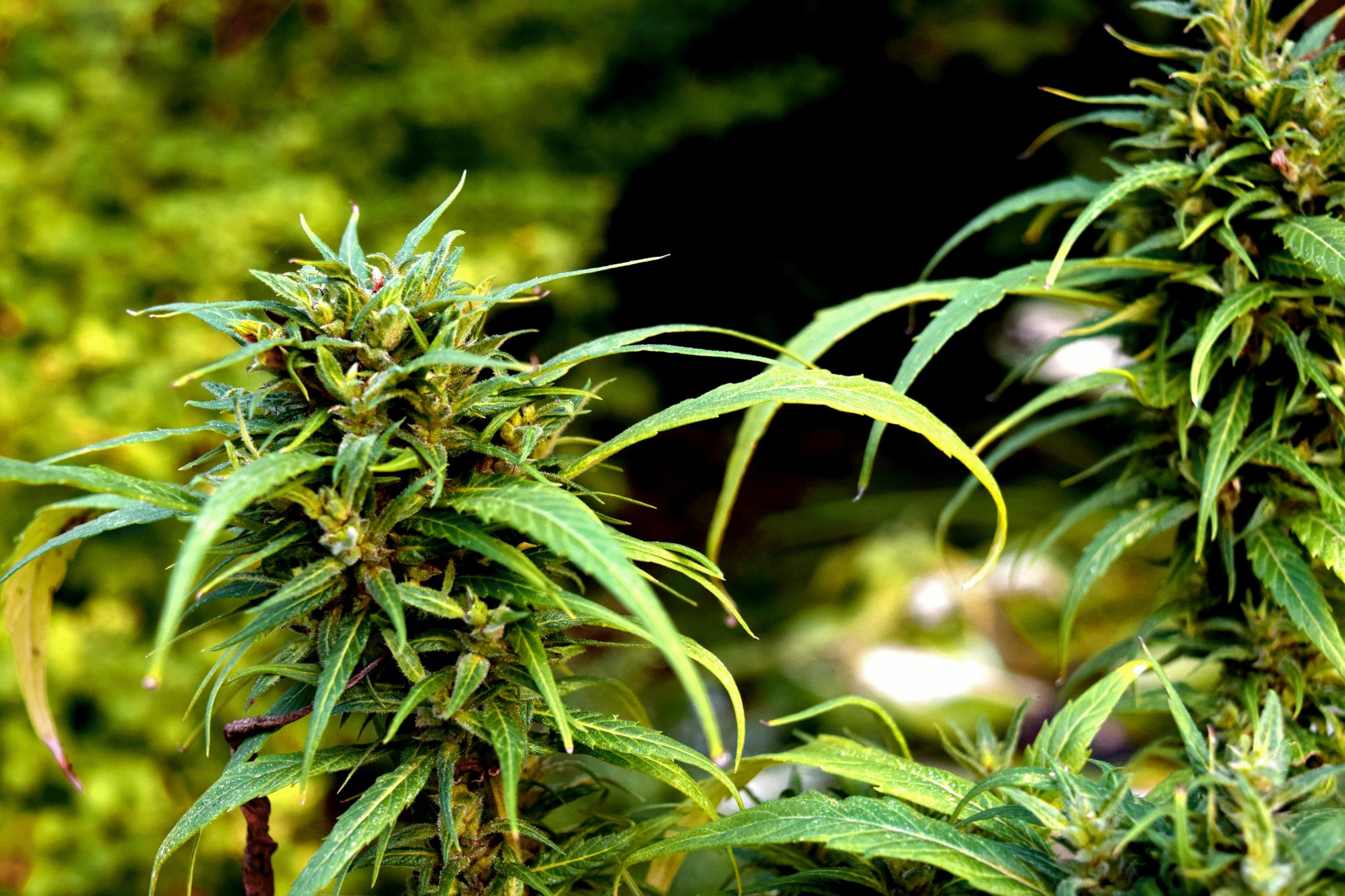
Dense, thick colas are the goal and harvesters basically train plants so that they will produce more buds. If marijuana is left to grow by itself, one primary cola will be developed. And although this primary cola is capable of growing into a large, thick nug, it will not give you the maximum yield off that particular plant
Nevertheless, training your cannabis plants will encourage growth to be more even and will create more buds instead of just one main and primary bud. There are various methods that can enhance your yield exponentially, and it doesn’t matter the number of plants you are growing at any specific time.
Training techniques for growing cannabis are categorized into 2 separate sections, which usually rely on growing indoor versus growing outdoor. The training strategies are known as low-stress training (LST) and high-stress training (HST).
Low-Stress Training (LST)
Low-stress training (LST) sounds exactly like how it is. It is a method that does not induce any stress or harm to your plants in the least. It’s a perfect way to train indoor plants and is a widely used method for seasoned indoor growers.
With low-stress training, there are a few different types of it. The different types are low-stress training (LST), a sea of green (SOG) and a screen of green (SCROG). Training the marijuana plants in this process involves bending the plants gently as they grow. If branches tend to get too long, then they just get tethered and tied down. The process will continue through the plant’s complete vegetative growth cycle. Tethering plants down in this process makes for a more balanced distribution of auxin (the hormone that controls the development of the plant) throughout it. The outcome? Many buds blooming from this plant that has been conditioned to grow in a circular fashion, rather than with just one big cola going directly up.
Sea of Green (SOG)
Sea of green helps foster growth. The Sea of Green (SOG) approach of preparing cannabis plants allows them to bloom at an early age. This usually occurs while plants are in the vegetative stage for only about two weeks, enabling producers to harvest even earlier than they would with traditional growing methods.
SOG is typically used when the growing room is small in size. It helps you to harvest in as short a time as you possibly can. Growers are able to harvest more cannabis with this method.
This method tends to work well with the above four plants in an area of 1 square foot. The goal is to develop a canopy together with all the plants to make for equally distributed light. For 18-24 hours, seeds or clones should be under the light until they attain a height of 10-12 inches, then placed on 12/12 to induce flowering. The SOG technique creates a good canopy of buds.
Screen of Green (SCROG)
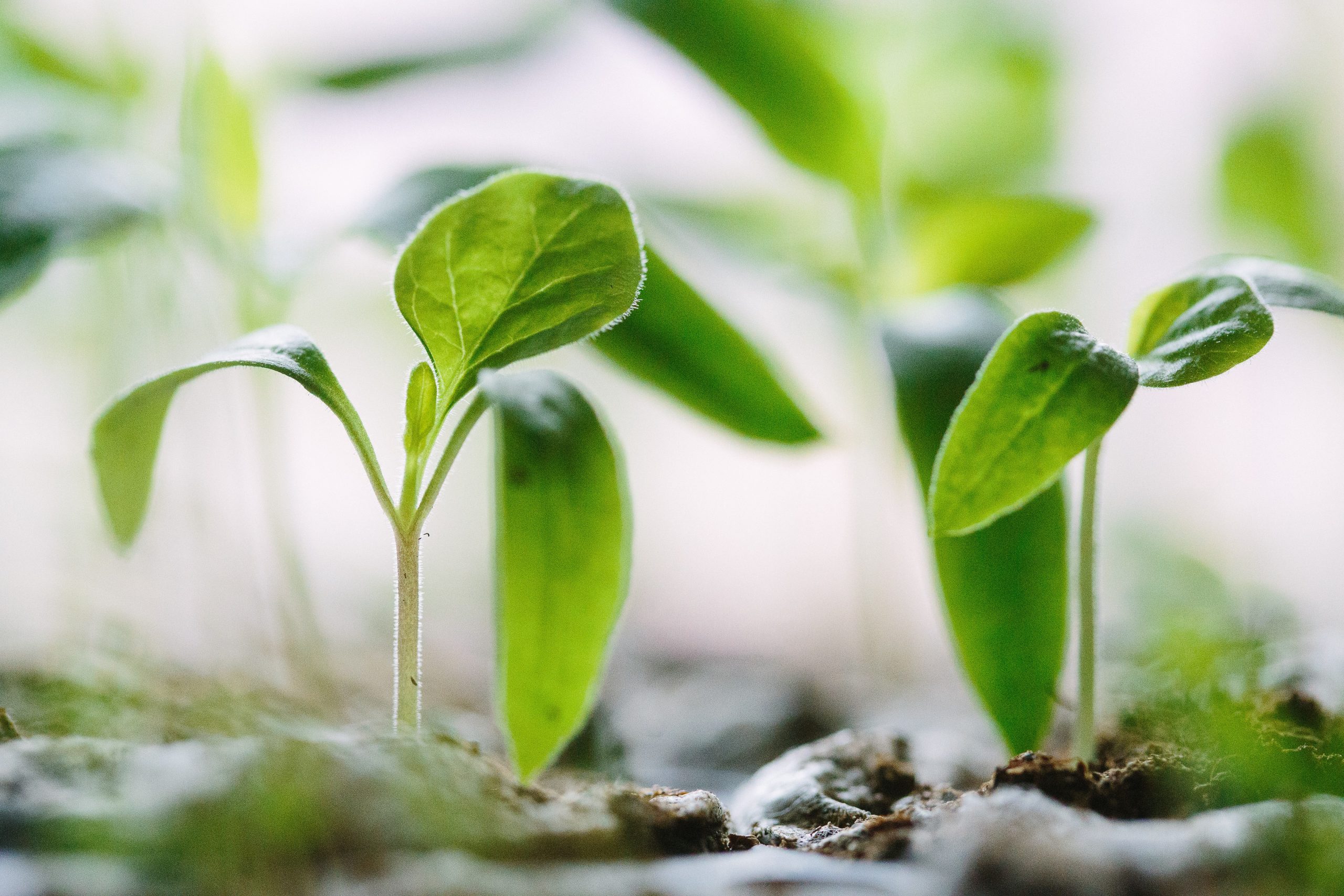
This method requires using a screen over top of the growing cannabis plants. You simply just be patient and wait for the plants to sprout up through the screen. When they start reaching through the screen, tuck the branches slowly back into the screen.
SCROG is a fairly simple and quick way to train your plants to improve your yield. Instead of plants growing and rising straight up, plants grow out through the screen in a canopy, creating a large bouquet of pretty buds when everything is finished.
High-Stress Training
High-stress training is more effective in growing outdoors, and because of that, that is usually where you will find these methods utilized. It’s important to bear in mind that HST must be performed only during the vegetative growth cycle of the plant. When the plants are flowering, the last thing you want to do is stress them out. Nonetheless, when performed during the plant’s growth cycle, HST approaches are a perfect way to deliver massive harvests when fall time rolls around. Here are a few of the more popular ways of doing this.
Topping
Topping weed plants is pretty much as simple as any process gets. ⠀You basically just need to pinch the tip of your plant with your fingernails and snap it right off. It enables the development of two new branches where only the main branch would have expanded before.
Topping must be done again once the vegetative growth cycle of the plant continues. This will encourage your plant to develop to its optimum density and to train it to be full, stable, and filled with huge, stunning buds.
“Fuck I Missed” (FIM)
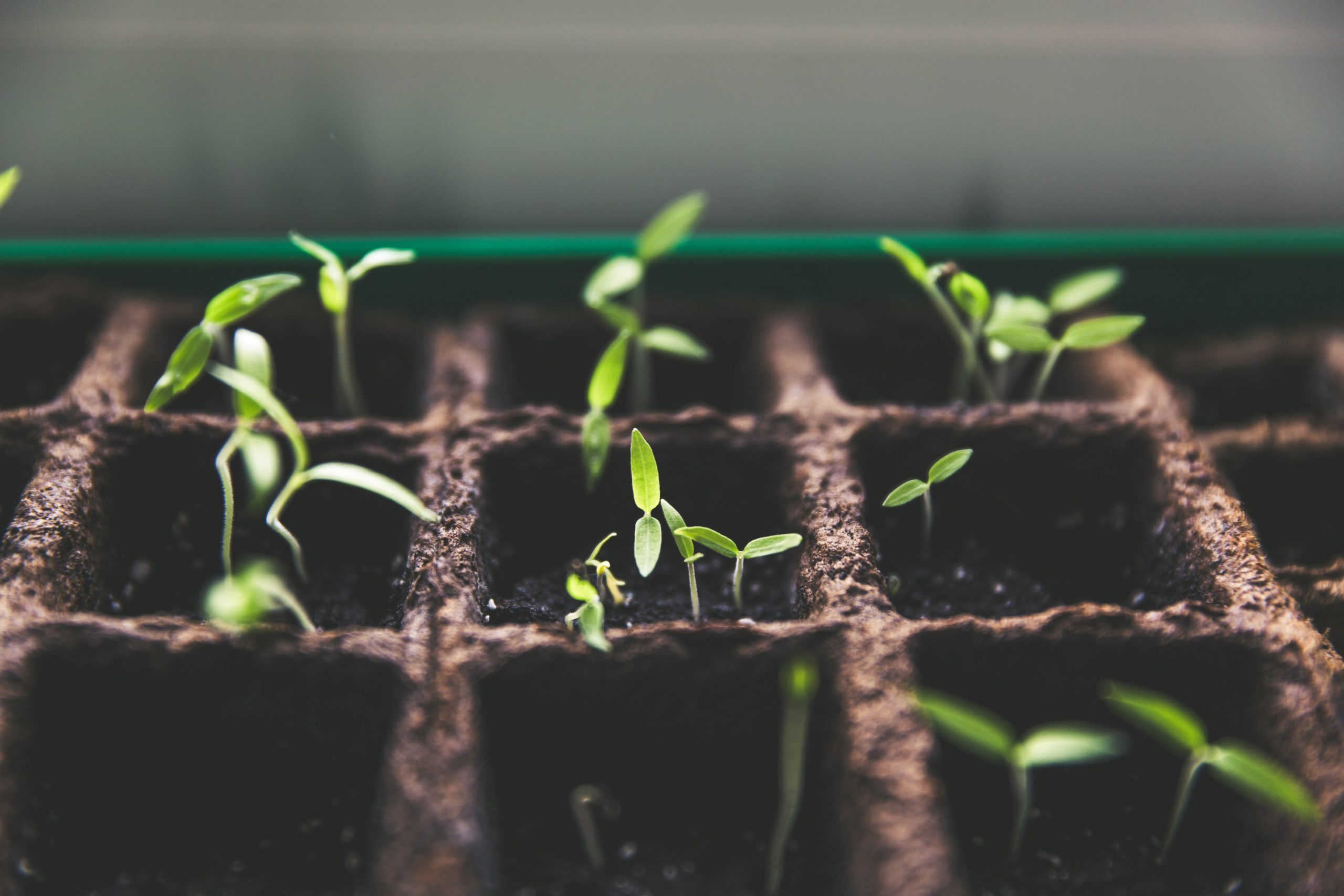
This is the more difficult way to top up the plants Instead of eliminating the top portion of the plant to make two additional stems, you just remove half of it, seeming as if you “missed” the top The technique of FIM training will lead to four or more new growth locations on the cannabis plant.
Even though this technique can yield more stems and consequently more buds, it is also harder and evidently easier to screw it up. Plants often face a higher risk of getting an illness because a clean cut on the plant is not made. The process also takes quite a bit more time and needs a specific tool instead of only your fingernails.
Super Cropping
This high-stress training approach works by mildly damaging the plants in a methodical way to some degree. Super cropping should be performed throughout the vegetative cycle, but mainly when the plants have reached the point of having numerous other healthy branches on them. Super cropping’s purpose is to damage the stem’s inner tissue without damaging the stem’s exterior.
Super cropping is achieved taking the branch, then pinching it between the thumb and forefinger at the precise location where you want it to bend. After that, you have to wiggle around the stem between your fingers for roughly 10 seconds. This is done to ensure that is is loose at the point where it will need to bend. Keep on doing this until the stem has reached a point of being soft enough to bend, but not soft enough to break.
Once that is done, make sure the stem is secured and stays bent with the use of zip or twist ties. It’s easy to do both low-stress and high-stress training to improve the yields and have a better crop, every single time. For decades, farmers have been training cannabis plants to produce as much bud as imaginable, and it’s a surefire way to see the progress you’re aiming for when you’re branching into cultivating on your own. Try out these methods and you’ll be glad you did when you see your new, plentiful harvest.
